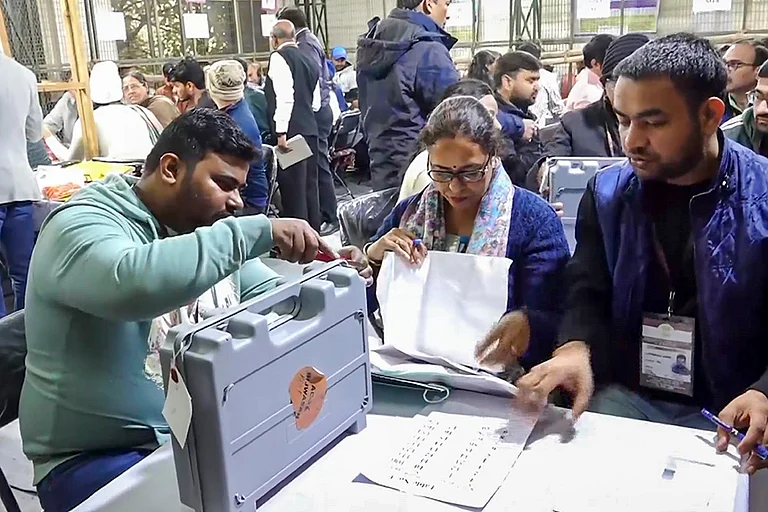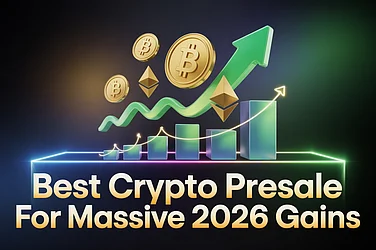In the current speed-of-light blockchain and decentralized finance (DeFi) environment, there is one term that has received a lot of attention and that is "governance tokens." They are not just another token or cryptocurrency; they represent a revolution in how decisions are being made in decentralized systems. From determining protocol upgrades to managing community treasuries, governance tokens are rewriting the very nature of how decentralized communities function.
This article explores what governance tokens are, how they operate, and why they're transforming decision-making frameworks in decentralized systems. Whether you're new to crypto coins and tokens or a fan eager to expand your knowledge, this primer will demystify the role of governance tokens in the future of decentralized technology.
Understanding Governance Tokens: A New Class of Power
Governance tokens are cryptographic tokens that entitle their holders with voting rights in the decision-making affairs of a blockchain project, namely decentralized protocols and applications (dApps). Unlike traditional corporate governance, where executives or board members hold power, governance tokens offer a broader, typically global, user base a direct voice in key project decisions.
For example, the governance token holders can vote for things such as updating a smart contract, disbursing treasury funds, changing transaction fees, or launching strategic partnerships. Such votes are usually binding, and in each instance, the determination depends on the collective will of the token holders and not on a central party.
The Shift from Centralized Decision-Making to Community Consensus
Perhaps the deepest impact of governance tokens is on decentralizing control. Executives, developers, or investors usually make decisions in traditional financial infrastructure and technology platforms. Users have minimal say, even when their data or assets are involved.
In contrast, blockchain-based decentralized communities prioritize user empowerment, security, and transparency. Governance tokens empower users with the ability to co-govern the sites that they rely on. The change here is philosophical as well as technical—away from "service providers and users" and towards "co-owners and co-creators."
This transfer of control typically leads to more diverse and democratic input, potentially increasing the sustainability and fairness of blockchain initiatives in the long run. Communities could collectively vote on the protocol direction, offer equal representation, and quickly react to altering situations.
Mechanics of Governance: How the Voting Process Works
The governance token mechanisms vary widely based on the protocol but share the same structure in most cases. When the change or decision needed to happen, the proposal is brought about by a team member or community member. Token holders then vote over the proposal within a specified time period.
Voting power is usually weighted according to tokens held. This method, often referred to as "token-weighted voting," assigns more weight to larger stakeholders, with advantages and disadvantages. On the one hand, more stakeholders at risk are incentivized to vote wisely. On the other hand, it can replicate some of the same kind of inequality found in earlier systems.
More advanced forms of governance also possess such structures as quorum, delegation (when the holders transfer their voting power to another participant), and time locks to allow serious consideration of proposals.
Real-World Use Cases: From DeFi to DAOs
Governance tokens are being used in many high-profile blockchain initiatives already. In decentralized finance, the Compound, Aave, and Uniswap protocols use governance tokens to allow users to vote on anything from interest rate models to new product features.
In the DAO (Decentralized Autonomous Organizations) world, governance tokens are more critical. DAOs do not have any conventional corporate structure, and governance is entirely decentralized to the community. Budgeting, creating projects, and collaborations are all determined by token holders—via on-chain votes.
These examples show the extensive application of governance tokens in fields outside finance. In art communities, gaming communities, ecological concerns, token-based decentralized decision-making is becoming increasingly mainstream.
Challenges and Criticisms of Token-Based Governance
Governance tokens are not without their criticisms despite their promise. One of the largest problems is voter apathy. Most holders of tokens do not have the inclination or knowledge to vote, and this leads to low turnouts and decisions being made by a minority of large holders.
The other issue is the potential centralization of voting power. After a minority ends up with a majority of governance tokens, they could make decisions—that is, the opposite of the intent of decentralization. This "whale problem" compromises the integrity of the voting process.
Additionally, proposals for governance can at times be very technical, and understanding the nitty-gritties of protocol mechanics is required. Without education or disclosure, it can be difficult for the average user to play an active role in governance, rendering them reliant on developers or influencers.
Security, too, is a concern. Inefficient governance can attract malicious proposals or attacks, particularly in cases where voting rights are concentrated or not managed well.
The Future of Governance Tokens: Towards More Inclusive Models
The future of governance tokens is still to be written, but several trends are emerging to address issues today. Quadratic voting, for example, reduces the influence of big token holders by lower returns on additional tokens. Reputation-based systems, where the ability to vote depends on the level of community participation instead of the number of tokens, are also gaining ground.
In addition, technology is being developed to facilitate making it simpler and more user-friendly for governance. Platforms now have governance dashboards, proposal breakdowns, and guided voting interfaces. These features are likely to encourage higher participation, especially from non-technical users.
There also is growing interest in cross-chain governance, where governance tokens could propel several interconnected platforms or bridge blockchains together. This connectivity can lead to more cohesive and stable decentralized networks.
As Web3 evolves, the application of AI, predictive analytics, and real-time data can also inform proposal development and evaluation. Governance could move away from reactive voting towards proactive, data-based collaboration.
Conclusion: A New Era of Digital Citizenship
Tokens of governance are not a technical innovation; they are a sign of a new model of digital citizenship. In decentralized environments, the participants are no longer just participants—they are stakeholders who can direct, policy, and values of the platforms with which they interact.
Where participation, equity, and scaling challenges remain, there are already governance tokens that have begun altering how decisions are made online. While they go on to evolve and mature, they can empower more open, participatory, and accountable online communities.
In an era where faith in traditional institutions can only become weaker, governance tokens present a more than inviting choice—one not controlled by the few, but in the voice of many.

























